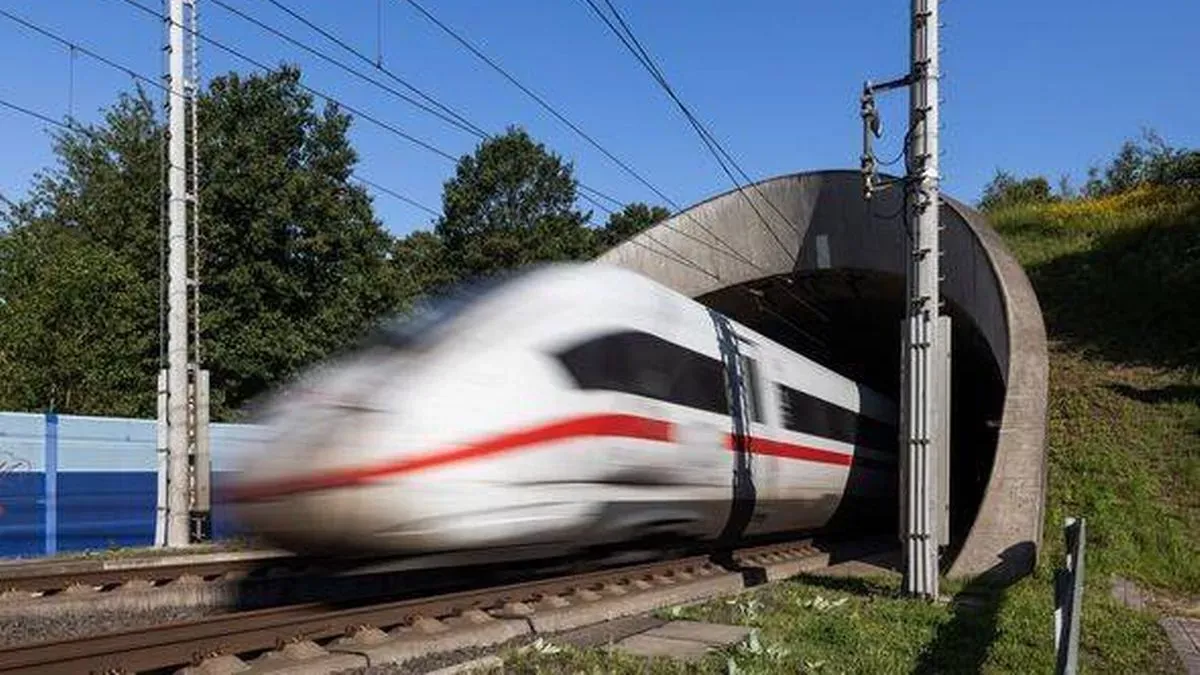Imagine traveling from New York to London in just 54 minutes. The ambitious idea of a Transatlantic Tunnel, stretching 3,400 miles under the Atlantic Ocean, has long captivated engineers and futurists. With a projected cost of $19.8 trillion (£15.6 trillion), this futuristic infrastructure could revolutionize global travel and reinforce the unique bond between the United States and the United Kingdom.
Currently, a flight between London and New York takes about eight hours. Advocates of the tunnel, however, envision intercontinental travel becoming as swift as a daily commute. Proposed designs include an underwater corridor made from prefabricated sections, floating about 49 meters below the ocean’s surface and stabilized by cables. This design would bypass the crushing pressures of the deep sea while avoiding hazards like ship traffic.
Instead of accommodating cars, the tunnel would exclusively serve high-speed trains—possibly Vactrains capable of reaching speeds up to 5,000 mph. These trains would use advanced propulsion systems, with an 18-minute deceleration period ensuring safe arrivals.
The idea of a transatlantic connection isn’t new; it dates back over a century. For comparison, the Channel Tunnel linking England and France, which is only 23.5 miles long, took six years to complete. The logistics of constructing a 3,400-mile underwater corridor—traversing some of the ocean’s deepest points—would be far more complex.
Despite the vision’s appeal, no government is actively pursuing the project due to its astronomical costs and engineering challenges. However, underwater tunnel projects are advancing elsewhere. A proposed tunnel between Spain and Morocco could link Europe and Africa by the end of the decade. This 17-mile underwater stretch, reaching depths of 475 meters, would connect Tarifa, Spain, to Tangier, Morocco.
While a U.S.-U.K. tunnel remains a distant dream, the ongoing exploration of undersea infrastructure highlights humanity’s relentless drive to push the boundaries of connectivity and innovation. For now, the Transatlantic Tunnel remains a symbol of futuristic ambition, waiting for the day when technology and funding align to make it a reality.

